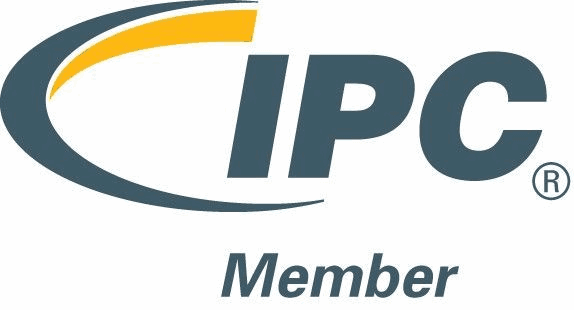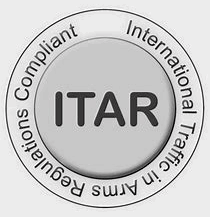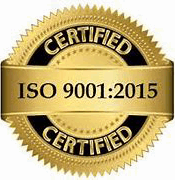You’ve no doubt heard the expression “time is money,” but have you ever stopped to think about the implications that wasted time is having on your overall business? At the very least, time and money are closely interlinked: as a business owner, you get to determine your corporate objectives, then decide how to best invest and spend your time – just like any other type of capital.
However, unlike money and budgets, you and your competitors all have access to the exact same level of resources. When it comes to time, obviously no one can borrow or buy any more than they already have. So ultimately, if you’re going to efficiently leverage your resources, you need to make the most of your time at every opportunity.
More Efficient Material Management for a Streamlined Supply Chain
As electronics manufacturing continues to recover from recent and ongoing disruptions to the global supply chain, domestic companies are increasingly challenged to achieve more output while simultaneously contending with stagnant or declining labor resources.
If you see this as an opportunity, here are a few tips to help you streamline your material management process and maximize your investment.
- Make every part count: Considering the raw material shortages and the increase in the costs of those materials, positioning yourself in a global marketplace requires near perfection with material management. This means accurate receiving counts, reliable tracking throughout your facility, and impeccable quality control.
- Pay close attention to your kitting processes: Considering most PCBAs today use hundreds of different components, kitting the materials for a production run can be both arduous and time consuming. In a fast-paced environment like electronics manufacturing, if the kitting process isn’t controlled and managed properly, it can expose a manufacturer to opportunities for waste.
With specially designed “Pick Lists”, stockroom personnel can be precisely guided through the material picking process. Beyond a simple list of items to be pulled, Pick Lists should offer a detailed, time-saving guide for each unique job—showing exactly where the components are located, how many are needed for the scheduled job, and precisely where they need to be loaded. Wherever the components may be in the stockroom, the pick list should define a precise location, thus saving significant time in the initial material handling process.
Depending on customer requirements, Pick Sheets should be customized for FIFO rules, to consume partial reels first, or to select and kit reels that have enough components to get through that entire job. In all cases, the aim is to maximize line productivity and reduce material replenishment time.
At MPL, we have the ability to customize our process based on specific project requirements, and thus establish the most efficient material management solution for every unique application.




